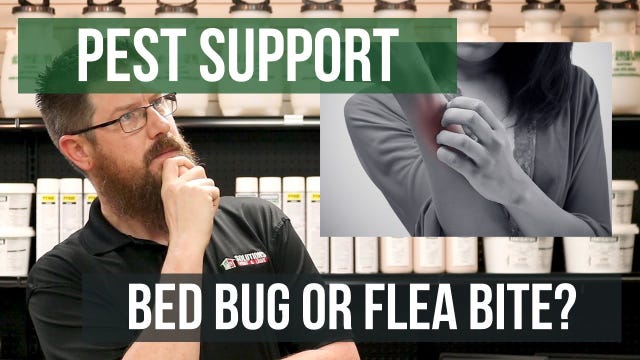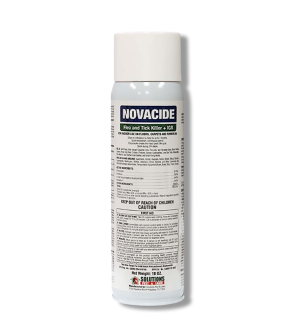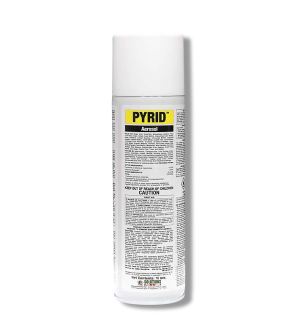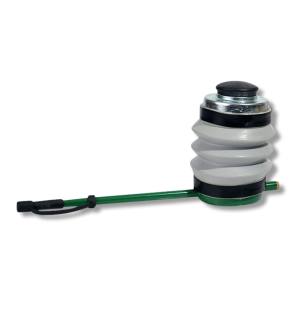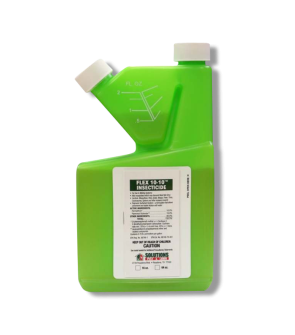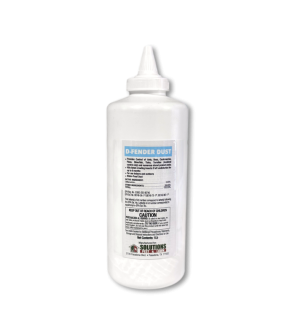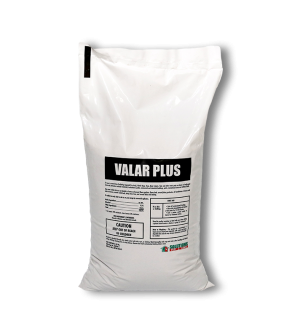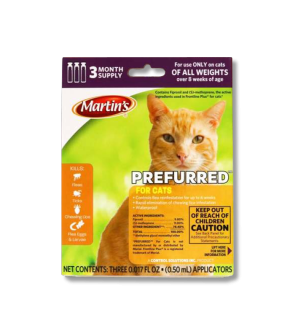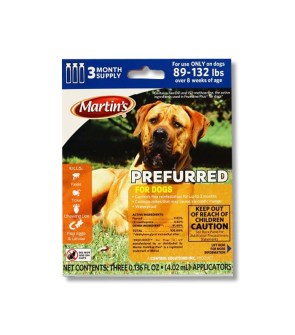Gain access to personalized product screening, the best pricing, rewards, and more!
Most Effective Products
Flea Bites Vs. Bed Bug Bites
This page is a general identification guide between flea and bed bug bites. Although a medical professional should handle any physical interaction with pests, the products, and methods suggested in this DIY guide will be used to treat your home, mattress, and furniture to eliminate the fleas and bed bugs causing the bites. To remove the fleas and bed bugs in your home or property, follow this guide and the links attached to this page, and we guarantee a significant reduction in their population.
It can be difficult to distinguish bed bug bites from flea bites as both are similar in appearance and irritation. Most individuals will have different reactions, while some will not notice they have these bites until they see them appear on their skin.
Regardless of the infestation you are facing, you will need to address these pests quickly through prompt eradication. While these two arthropod pest bites are commonly mistaken for one another, there are ways to identify the culprit.
If you are facing any health symptoms, we recommend consulting with your doctor or seeking immediate medical attention to address these issues. To treat or identify fleas and bed bugs in your home, follow this DIY guide below to learn the differences between these irritating pests and how to remove them completely. For further discussions, please do not hesitate to call, email, or visit one of our stores to speak with a trained professional.
Identification
Before you can proceed with the treatment approach, you will need to know how to distinguish between fleas and bed bugs. Misidentification can lead to using the wrong products or unnecessary treatment options, which could be a waste of your time and money. If you have observed one of these pests, immobilize it with a bit of clear tape and look at the following characteristics.
For a physical example, refer to the image above: bed bugs are listed on the left, and fleas on the right.
- Bed bugs are ruddy, brown to dark-colored, flat-bodied pests with six legs and two antennae. If they have fed, they will appear oval-shaped. They range from 5 mm to 7 mm in length.
- Fleas are brownish-black in color but will have an oval, vertical-shaped body regardless of whether they have eaten or not. Unlike bed bugs, they will not have antennae but six legs and no wings. Fleas are smaller than ticks, from 1.5 mm to 3 mm.
- Bed bugs are not classified as nocturnal pests but are mostly seen at night since they hide in dark, hard-to-reach crevices. Despite the time of day, bed bugs will emerge from their hiding place to crawl across your furniture and mattress to feed on your blood.
- Like bed bugs, fleas are active at night and will mostly harbor on pets, pet bedding, and furniture upholstery. The warm and moist conditions of your pet's skin make an ideal habitat for fleas, and if conditions are preferable, they will jump from their host onto you. Bed bugs cannot fly or jump and will travel by crawling across your floor or furniture.
Flea Bites vs Bed Bug Bites
Initially, it can be hard to tell the difference between flea bites and bed bug bites. However, following the listed traits and referring to the image above can help with prompt identification. In the image above, a flea bite is shown on the left, and a bed bug bite is shown on the right.
The only similarity between flea and bed bug bites is the skin's pink, reddish coloration and itchiness.
Flea Bites
- Flea bites are normally small, sporadic clusters that appear as slightly raised bumps. These random or sporadic bite patterns are due to fleas jumping from one place to another as they feed.
- When these pests make contact with your skin, itching and bumps usually occur an hour after being bitten.
- Typically, flea bites will appear around your ankles, back of knees, groin, legs, and other lower warm body parts as these pests hide on ground-level surfaces.
- Flea bites are typically more consistent than bed bug bites since they travel more easily by jumping rather than crawling.
Bed Bug Bites
- Bed Bug bites are small, puffy bumps with red marks at the center. They are more raised and inflamed than flea bites. These pest bites appear in lines or groupings on exposed skin that come into contact with the surface of mattresses or furniture.
- Typically, bed bug bites occur on exposed upper body skin areas such as the neck, arm, back, or trunk.
- Bed Bug bites are not immediately noticed as fleas as several days can pass after the first bite before witnessing raised, large lumps. You may experience a burning sensation before red lumps appear on your skin.
- Due to bed bugs being able to hide in multiple dark crevices and travel by crawling, their bite patterns are not as continuous as fleas.
Key Takeaways
What is the Difference Between Flea and Bed Bug Bites?
- Flea bites are small whelps that appear in sporadic and random patterns, whereas bed bug bites are slightly larger and raised red lumps that form lines or groupings.
Where Will Bed Bug and Flea Bites Appear?
- As crawling pests, bed bugs will bite your neck, arm, back, and other exposed upper body areas. Fleas are pests that normally hop from one host to another and bite the lower half of a person's body, such as the legs, feet, and ankles.
How to Remove Bed Bugs and Fleas from Your Home
- In each pest control program, you will thoroughly clean your home and furniture, except during bed control, where you will leave infested objects where they are to avoid spreading pests further into your home or yard. To treat bed bugs, we recommend using Flex 10-10, Pyrid Insecticide Aerosol, D-Fender Dust, and a Handheld Pesticide Duster to apply D-Fender Dust with. If you are experiencing fleas, you will want to use Martins Preferred Plus for Dogs or Marins Preferred Plus Flea Treatment for Cats, Novacide Flea and Tick Killer, Valar Plus Bifenthrin Granules, and Supreme IT.






